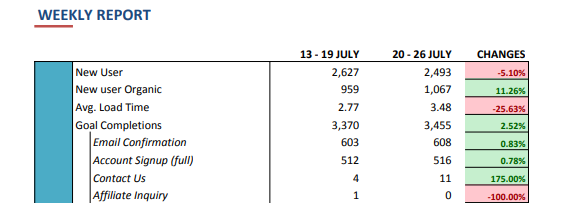We’re fans of WordPress and have been for years. Seems there are plenty of other fans as well given that some 30% of all websites run it. That’s a lot. Still, like all CMS’s it’s not without its issues and maintenance is one of them. Core updates, plugin update, outdated themes, security issues. Add to that your general website maintenance issues like broken links and files and it can be quite a challenge to keep everything up to date.
Why do we need to keep websites updated?
Funny thing with websites that we’ve seen throughout the years, a huge amount of effort and pain goes into designing and building a website but once it’s launched, it’s so often “set and forget”. Then the questions come. Why isn’t it getting visits? Why are some things starting to break? Why did my website get malware? All good questions. Remember when everyone suggested you have an ongoing website management plan but you didn’t want to spend the money? That’s the answer to your Why’s.
What’s our Process for WordPress Maintenance?
We manage a lot of WordPress websites and host many of them so our process may be a little different but you might be able to find something useful. Being proactive about it is the challenge so we actually base in on our own process for data capture.
1. Data Capture – every week we put together a spreadsheet that provides us with metrics that we feel valuable to client performance. These metrics include data from Google Analytics, Google Search Console, AHREFS, SEMrush, Majestic, Moz, AuthorityLabs and Pingdom. This includes metrics like general traffic. goal conversions, source info, site speed, uptime/downtime, rankings, security updates and site errors amongst other data points. This part of the process not only helps us to see important data every week, but essentially starts our process to managing a client website.
2. Plugin and Core Updates – our weekly data capture highlights a need for core or plugin updates. It’s especially important for security and often compatibility. We try to automate these updates as much as possible in fact we built a custom script to do it for us. But if you only manage one or two websites, a weekly check will take care of it. Some hosting companies like WPEngine have a similar plugin that will do it automatically as well.
3. Analytics – while analytics can provide a wealth of info, we try to distill the most valuable metrics into our weekly data capture. For this we typically look at:
1. Users
2. Organic Users
3. Avg Load Time
4. Goals Completions
5. Transactions / Revenue (if application)
This is usually a good starting point and something that we check at a glance. Generally we will dive deeper into our analytics especially if we see something unusual need more questions answered. These are separate from our monthly reports which definitely have us looking deeper. Also for Goals we will break them out and also include the Goal source.

4. Small Website Updates – often a client will request adjustments on a website but they also have a lot going on. Typically during our weekly capture we’ll spot something that has us opening up the website and checking and then making recommendations for updates. Something like a significant increase in Goal completions on a contact form may be a good thing but it also may means that the website has been targeted by spammers so maybe a CAPTCHA option needs to be added.
Updating content on a website is very important so giving a client a nudge in that area can be very useful. Through our WordPress Package offerings, these sort of updates can be swift and affordable.
5. Significant updates – we like the iterative approach to managing your website. Rather than a full blown overhaul, breaking it down to smaller steps can really work wonders. Leveraging information gleaned from your data or borrowing a idea that other clients have used is pretty common and a great way to approach the management of your website.
6. Training and Consulting – we like it when clients take a real interest in learning about managing their website so handing some tasks off can be very useful. Through training and ongoing consulting, we have effectively empowered many clients with the ability to make updates and changes quickly and effectively.
7. Advanced Opportunities – We always feel like we’re never doing enough even when we clearly are but for some clients we’ll leverage some more advanced management tools to help us be proactive. Understanding a website’s user experience is definitely a valuable opportunity so using heat mapping, A/B split testing, video tracking can provide a wealth of information (sometimes overwhelmingly so) for updating a client website, Tools like hotjar, crazy egg, VWO can be very handy indeed.
Another more advanced activity is to run a regular site audit. We have tools that will do it for us like Moz.com and Semrush which will highlight issues that should be looked at but we also like Screaming Frog which is a site crawl tool that can help to identify things like broken links, images, meta data, canonical links amongst a slew of others.

It’s sometimes difficult to convey the value of proactive website management, especially for those built on WordPress but it really has been one activity that we’ve seen really move the needle especially after putting in all of the effort of building your website, those who just leave them alone tend not to do as well as those who pay attention to it. We encourage you to keep on top of it or hire someone who will.




